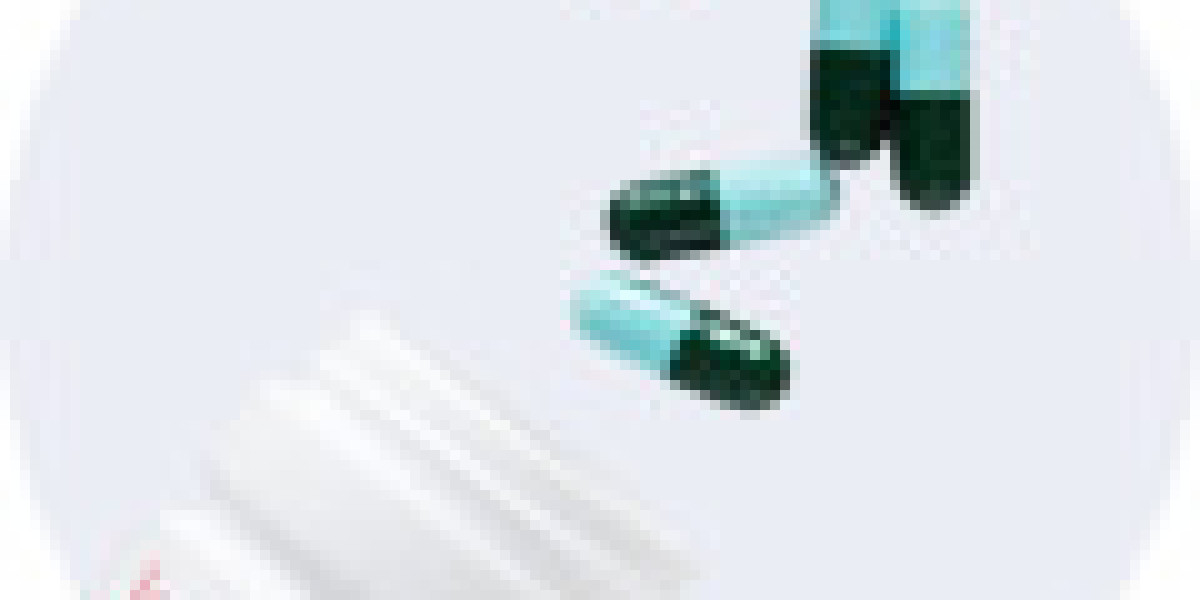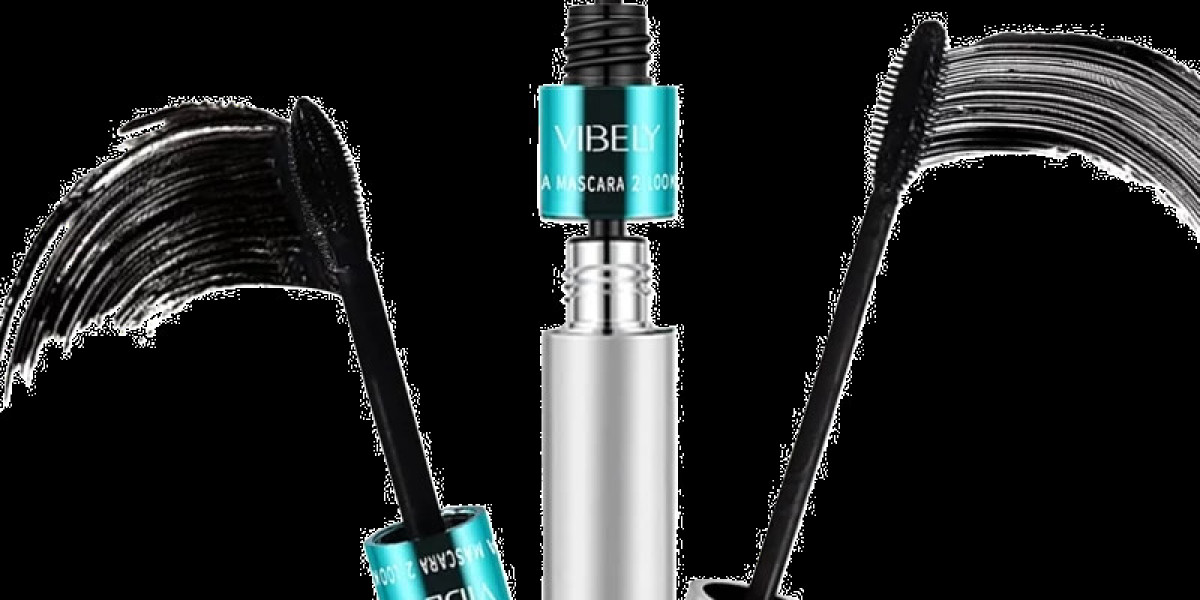Ensuring the safety of cosmetic raw materials is crucial for both manufacturers and consumers. Here are some key steps and considerations based on the latest regulatory guidelines and practices:
1. Compliance with Regulatory Standards
- Follow National and International Regulations: Different countries have specific regulations for cosmetic raw materials. For example, in China, the National Institutes for Food and Drug Control (NIFDC) has issued guidelines for registering cosmetic raw material safety information. These guidelines require manufacturers to provide detailed safety information, including quality specifications, control of safety risk substances, and safety risk assessment conclusions.
- Understand Specific Requirements: New cosmetic raw materials in China must undergo a series of toxicological tests and safety evaluations. This includes acute toxicity tests, skin and eye irritation tests, mutagenicity tests, and more, depending on the material's intended use and properties.
2. Conduct Thorough Safety Assessments
- Risk Assessment: Each raw material should undergo a comprehensive risk assessment to determine its safety for use in cosmetics. This involves evaluating potential hazards, exposure levels, and the material's intended use.
- Toxicological Testing: Toxicological safety evaluation data is a critical component. Manufacturers must provide test reports or relevant scientific literature to support the safety of the raw materials. For new materials, this often includes acute and subchronic toxicity tests, skin irritation tests, and other relevant assessments.
3. Quality Control and Documentation
- Quality Specifications: Ensure that raw materials meet specific quality standards. This includes stability testing, which examines how the material changes over time under different storage conditions.
- Documentation: Maintain detailed records of all raw material safety information. This includes the source of the material, its composition, processing methods, and any potential contaminants. In China, registrants and filers are responsible for the accuracy, completeness, and traceability of the information they submit.
4. Use of Authorized and Tested Materials
- Authorized Suppliers: Source cosmetic raw materials from suppliers with a proven track record of compliance and safety. Ensure that suppliers provide necessary certifications and test results.
- Historical Data: For cosmetic raw materials that have been safely used in other markets, historical data can be used to support their safety. However, this data must be relevant and applicable to the specific use in cosmetics.
5. Continuous Monitoring and Reporting
- Safety Monitoring: Manufacturers are required to monitor the safety of new raw materials during their initial use period. This includes collecting data on any adverse reactions and submitting annual safety monitoring reports.
- Adapt to Updates: Regulatory guidelines are subject to revision as scientific understanding evolves. Stay updated with the latest regulations and guidelines to ensure ongoing compliance.
By adhering to these principles, manufacturers can ensure the safety of cosmetic raw materials, protect consumer health, and maintain regulatory compliance.








